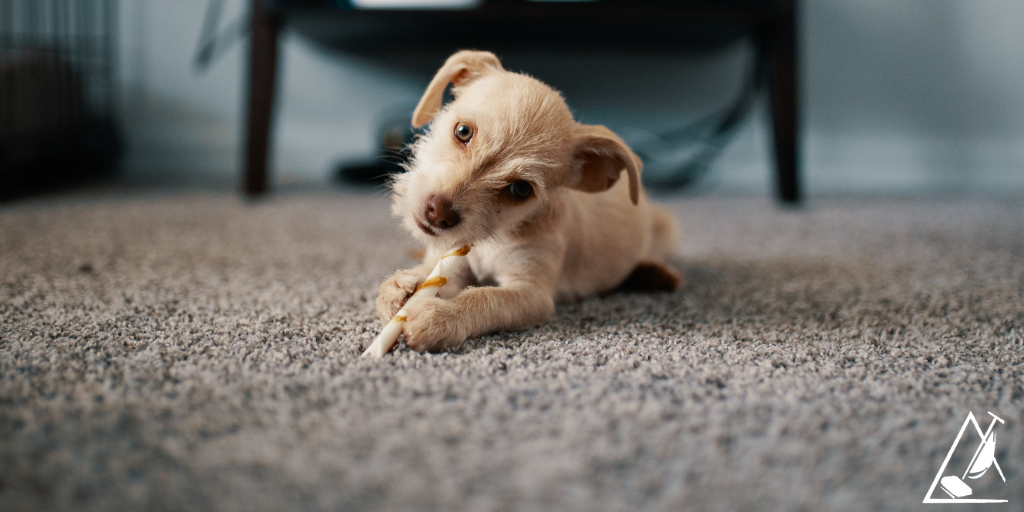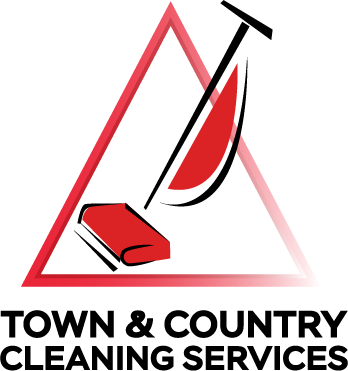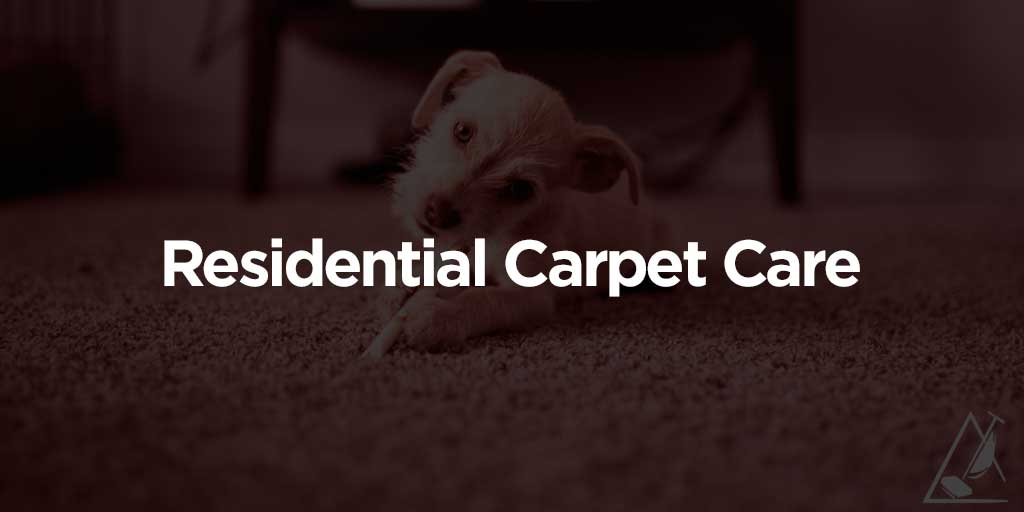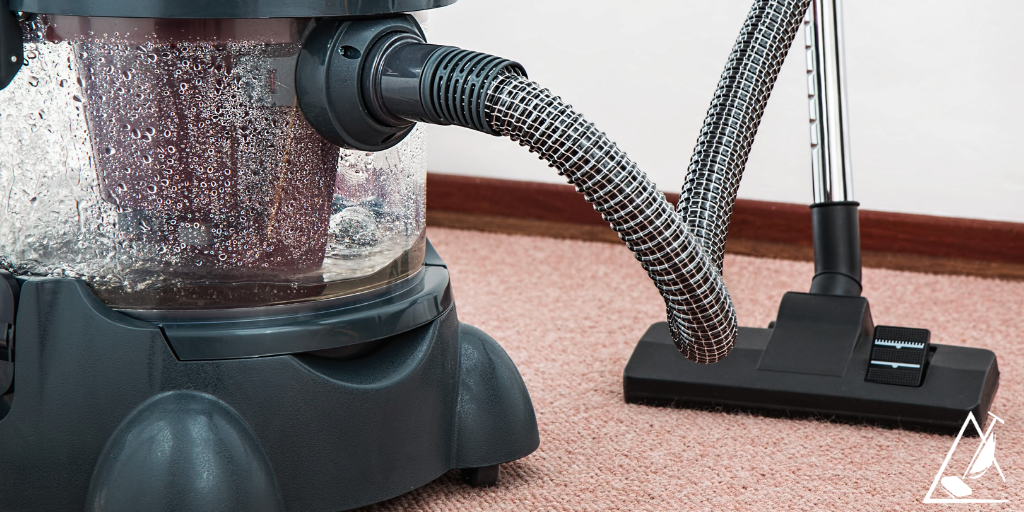Carpet is still an extremely popular flooring choice in homes and in commercial buildings. It comes in lots of colors and styles. Finding carpet to fit your home and style has never been easier. Modern carpet has become increasingly durable. Most wall to wall carpet will “ugly out” long before it is worn out. Even so, proper care for your carpet can protect its appearance. More importantly, proper care can aid in Creating Healthy Living Spaces.

Carpet – Your Home’s Best Filter
The two major filters in your home are your HVAC filters and your carpet. Most people realize that using high quality HVAC filters will improve the house’s air quality. However, most people don’t realize that carpet and rugs are usually your house’s best air filter.
Carpets capture allergens and other pollutants while hard floors allow them to swirl back up into the breathing zone. Several studies have shown that the air quality above a well maintained carpet is better than over hard floors.
Sweden banned carpet in all public buildings and schools in 1973. Over a short period of time, they found that asthma rates shot up in these same buildings (they were primarily concerned about schools).
Further testing showed that over hard surface floors, allergen levels were much higher (especially at about the child-level four-foot height) than over carpet.

Carpet holds pollutants but it can only hold so much. Just as you must change your furnace filter, you must also empty your carpet. Once the carpet is full, it longer does its job as a filter. In fact, it can become part of the problem.
We empty the carpet by vacuuming and by carpet cleaning. Both are critical for air quality, as well as prolonging the life of the carpet. Vacuuming with a quality vacuum with good filtration is your first line of defense in maintaining good air quality. But even with regular thorough vacuuming, regular, professional carpet cleaning is necessary to empty the carpet of allergens, and to keep your carpet and your indoor air healthy.
Vacuuming
The best vacuum in the world does no good if it is left in your closet. How often you should vacuum depends, of course, on your household traffic. A retired couple without pets will not need to vacuum nearly as often as a family with two kids, two dogs and a cat. Even a single person with no pets but who gardens a lot or who enters from a gravel or dirt path might need more frequent vacuuming than they might believe.
The retired couple might get by with once a week or even less, while the couple with kids might need it several times a week if not daily. Furthermore, not all the carpet needs the same attention.
Targeted Carpet Vacuuming
When you walk onto a carpet or rug from the outside, or from a hard surface, most soil is deposited within the first few steps. Nearly all of soil will be left behind by the fourth step.
BUT, if the carpet right by the door is full of dirt, very little dirt can be deposited and held. Instead, most soil will be deposited further into the house. To keep soil out of the rest of the house, it is important to keep those walk-off zones clean.
Concentrate your vacuuming on these zones. Go over the area several times, preferably from more than one direction. If you have a lot of traffic in your home you may want to do those areas a couple of times a week and the rest of the carpet less often. This reduces your total work load while still controlling carpet soils and allowing your carpet to continue its job as the best filter in your house.
Filter Lines on Carpets
Ever notice those dark lines around the edges of your carpet and under doors? They are called filter lines. As air slows when it goes under doors and through the gaps at the bottom of walls, it deposits airborne pollutants into the carpet.
To minimize filter lines, vacuum the edge of the carpet at least once a month to remove deposited soil. Once filter lines are allowed to build up and age in place they can cause permanent staining. Professional carpet cleaning with special filter line treatments can make them somewhat fainter but often cannot totally remove the marks.
Routine and targeted vacuuming can go a long way to keep your carpet serving as an effective filter, trapping and holding airborne pollutants. But occasionally it needs more to fully empty that “filter”.
Carpet Cleaning
As stated, carpet is the best filter in your home. Yet, even the best filters must be maintained. Vacuuming can go a long way in helping, but after a while, more thorough cleaning is needed. Now it is time for professional carpet cleaning.
Hot Water Extraction
The carpet manufacturers have spent a great deal of time, effort and money figuring out what works and what doesn’t to clean their product. Most manufacturers strongly recommend hot water extraction as the preferred method of cleaning. Several of the largest manufacturers require regular cleaning by an Institute for Inspection Restoration and Cleaning Certification (IICRC) certified firm, using hot water extraction in order to maintain their warranties.
Hot Water Extraction has been shown in multiple tests to remove the most soil and allergens.
Properly done, with good equipment, carpets are not over-wet and dry in a reasonably short time. By using drying fans, dry times can be as little as an hour or two. Hot water extraction is often referred to as restorative cleaning. It is the best method for residential carpets which are cleaned infrequently or along with other methods as part of a commercial carpet maintenance program.
When using hot water extraction or indeed any carpet cleaning method, it is important to thoroughly vacuum the carpet first. Then apply an appropriate prespray, lightly agitate, and finally extract. Cleaning agents can be matched to the carpet fiber as well as the soil type. Some cleaners even offer all-natural, hypo-allergenic systems of carpet cleaning.
Other Carpet Cleaning Options
What if I need an alternative to hot water extraction to clean my carpets?
Hot water extraction removes the most soil from carpet. However, there are times when a low moisture method is the better choice. This could be either because the carpet must be returned to service quickly or the material simply cannot tolerate much moisture.
There are several other methods of carpet cleaning besides hot water extraction. Many are low moisture so that the carpet can be put back in service very rapidly.
Encapsulation
Encapsulation is the modern version of “carpet shampooing” but with far better chemistry. First, the carpet is vacuumed. Next, a cleaning agent is sprayed on the carpet and worked in with brush action. The cleaning agent suspends the soil and encapsulates it in crystals. The crystals can be vacuumed out when the carpet dries, usually in as little as a half hour.
Encapsulation is becoming increasingly popular for its ease of use. It can significantly improve the appearance of the carpet. However, tests show that it is hard to remove all of the encapsulated soil. The result is that the soil-binding encapsulant can build up with repeated use.
Experts in the carpet industry strongly recommend that carpets cleaned with encapsulation methods be rinsed out with hot water extraction a) every third or fourth time or b) at least every 18 to 24 months. Many carpet cleaners find this method useful for interim cleaning in commercial maintenance programs. It can be a life-saver in the case of a dirty carpet needing to be cleaned just before a function like a dinner party, or a quick realty turn. It can also be helpful in battling recurring spots.
Bonnet or Absorbent Pad Carpet Cleaning
This method is similar to encapsulation cleaning except that the cleaning agent is agitated with a rotating, absorbent pad. The soil is actually transferred from the carpet to the pad. If the pads are changed often enough, this method does a decent job of top cleaning the carpet.
All too often, the sad truth is that cleaners do not change the pad frequently enough. As one industry expert put it “bonnet cleaning is the best way I know to spread dirt evenly across a carpet.” Carpet manufacturers have also raised concerns about the circular agitation distorting the carpet appearance. For these reasons, bonnet cleaning has largely fallen out of favor.
Absorbent Compound
After thorough vacuuming, an absorbent compound (imagine tiny sponges filled with a cleaning agent) is brushed into the carpet, then vacuumed out. Care must be taken to vacuum out as much of the compound as possible to prevent build-up. This is the lowest moisture method and the only one possible for certain fabric types.


